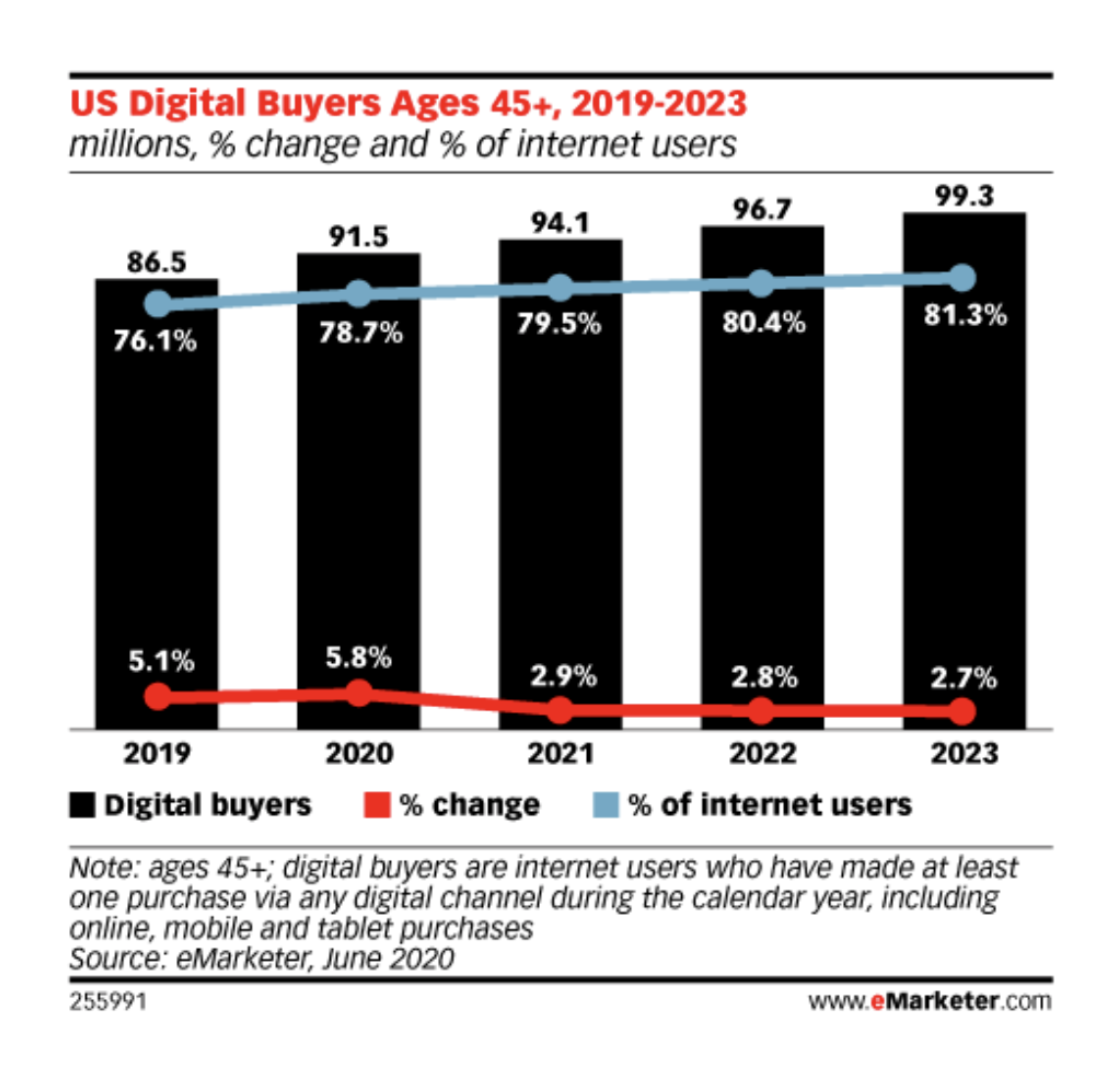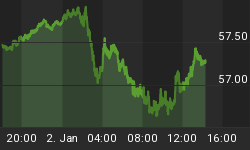Things like test-driving, touching the fruit before you buy it, or even trying on clothes prior to purchase won’t be so important from here on out, thanks to a lockdown that has seen millions of Americans forced to work and stay at home to halt the advance of COVID-19 (rather unsuccessfully, it would seem). During this time of lockdown, however, everyone--not just the younger generations--have used their spare time to hone online shopping skills.
That’s led to a wild uptick in ecommerce.
Amazon is still a leader in it, Walmart and Target are also catching up in online sales. But even the auto industry has now embraced digital platforms and ecommerce. It turns out, all it took to get people to buy cars sight unseen was a guarantee that they can return it (contactless) within a certain number of days, no strings attached.
New data from eMarketer estimates that more than 204 million people ages 14 and older will make an online purchase in 2020.

But the real disruptor for traditional retail is this bit of data: Two-thirds of those online shoppers will be 45 and older--an age group that hasn’t until now really taken to the idea that much.
The updated forecast, which factors in the pandemic’s effects, anticipates a 5.8% increase in the number of digital buyers 45 and older, up from 3.2%. This equates to nearly 5 million new users.
Before the pandemic, in 2019, consumers aged 45 and older only made up 5.1% of online shoppers. However, since they are more likely to develop complications from the coronavirus, they opted for the safer form of shopping--and they might just stick to it, especially with COVID-19 cases now rising in a dozen states due to the economic reopening.
Generation X, those born between 1965 and 1980, is often referred to as the “sandwich generation” as many are caring for children and older parents.
And while Generation Z was called out for partying and Baby Boomers for rampant socializing, Generation X proved to be the most responsible and best-equipped to weather the pandemic.
But one thing now unites them all--online shopping.
Based on income, those earning than $50,000 are less likely to shop online, with some 37% opting to do so. For consumers earning more than $100,000, 46% said they shifted activities online and plan to maintain some of those behaviors after the pandemic ends--if it ends.
Ecommerce sales will most likely rise even after the pandemic is over as the shoppers become used to the convenience of deliveries, curbside pickups and contactless shopping.
A GlobalWebIndex study from April found that 31% of Americans ages 16 to 64 said they would shop online more frequently, even after the pandemic ends, and 30% of them expect to visit stores less frequently.
Related: Are Gold Stocks Still Undervalued?
According to a report from PYMNTS.com, 23.8% of millennials and 17% of Gen Z consumers plan to maintain online shopping even after things get back to normal. Gen X leads the way, with 26% of them saying the same.
Even less tech-savvy Baby Boomers said they had shifted their shopping to online in the past two months, even though many stores dedicated “senior-only” shopping time.
Even though this generation prefers the personal engagement offered by traditional stores, in the May poll some 43% of baby boomers said they had been shopping more online due to the pandemic, considerably more than the 8% of respondents in February.
This could be an additional push for ecommerce, as this generation represents over 75 million people in the U.S., controlling 70% of the nation’s disposable income.
By Josh Owens for Safehaven.com
More Top Reads From Safehaven.com:

















